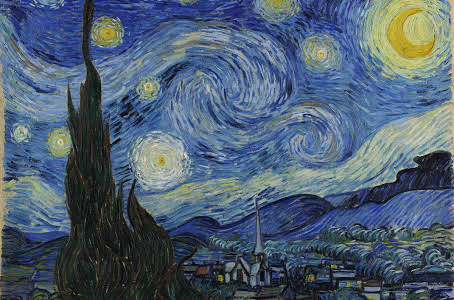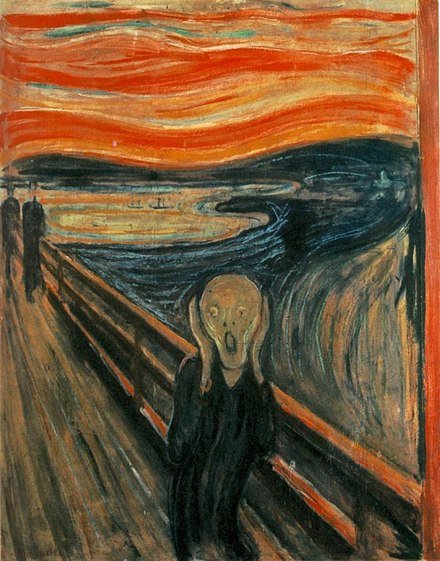@
Lynb1960 Interesting take on it. I'd have thought they talk past the crucifix, to God - but the crucifix acts as a focal point.
I don't know the history very well, but perhaps the Old Testament strictures were devised by the Hebrew tribal elders to try to give followers the concept of a single God beyond man-made images, in a religion and social identity of their own separate from the Mediterranean and Middle Eastern, icon-rich, pantheons - and certainly separate from that of the Egyptians.
Yes, you could put Christian artefacts in a museum for appreciation simply as works of art and craft, but that would remove them from their context.
Mediaeval churches unified by the Vatican and using Latin liturgy were brightly painted and ornamented, and later more iconoclastic regimes sometimes removed or destroyed much of that art. That was based mainly on theology, but another strand came in with the Reformation and the development of Protestant and non-conformist sects.
The latter particularly, don't use excessive ornaments or icons in their own places of worship, but was there a more secular motive? Was it much more a reaction to the Catholic Church of the time, with its ostentatious displays of wealth? Certainly Luther campaigned against such money-raising schemes as Indulgences; and Methodism especially attracted poorer communities as "theirs" not needing or wanting excessively-decorated chapels they could not afford, to worship God.








